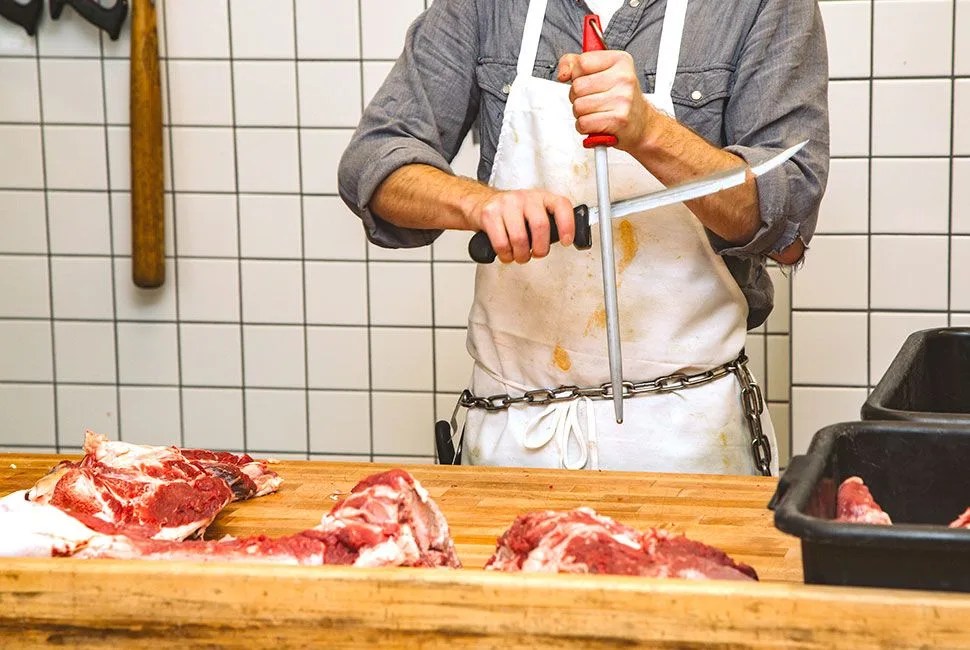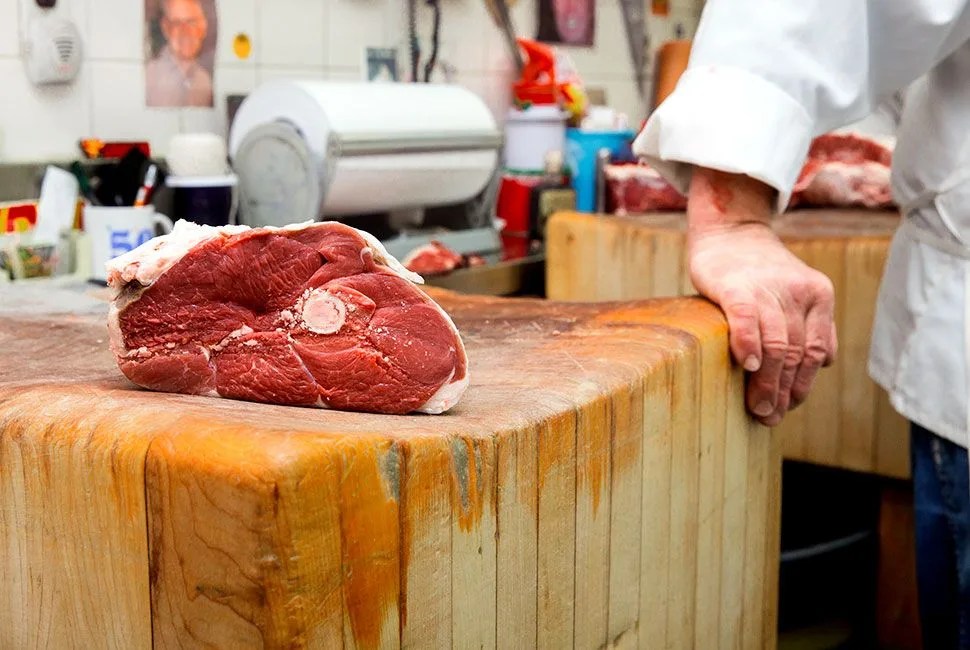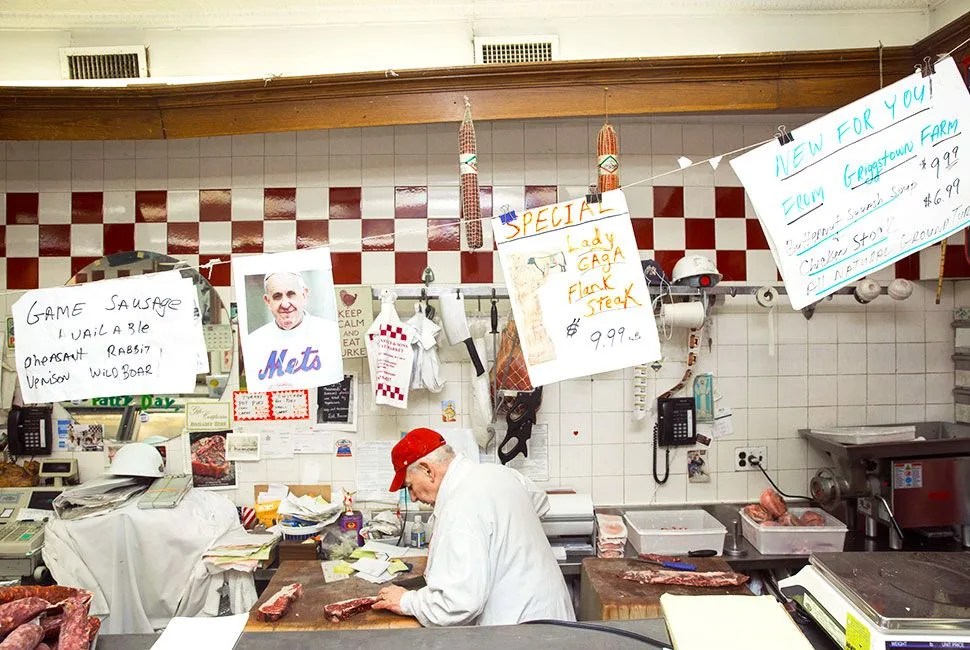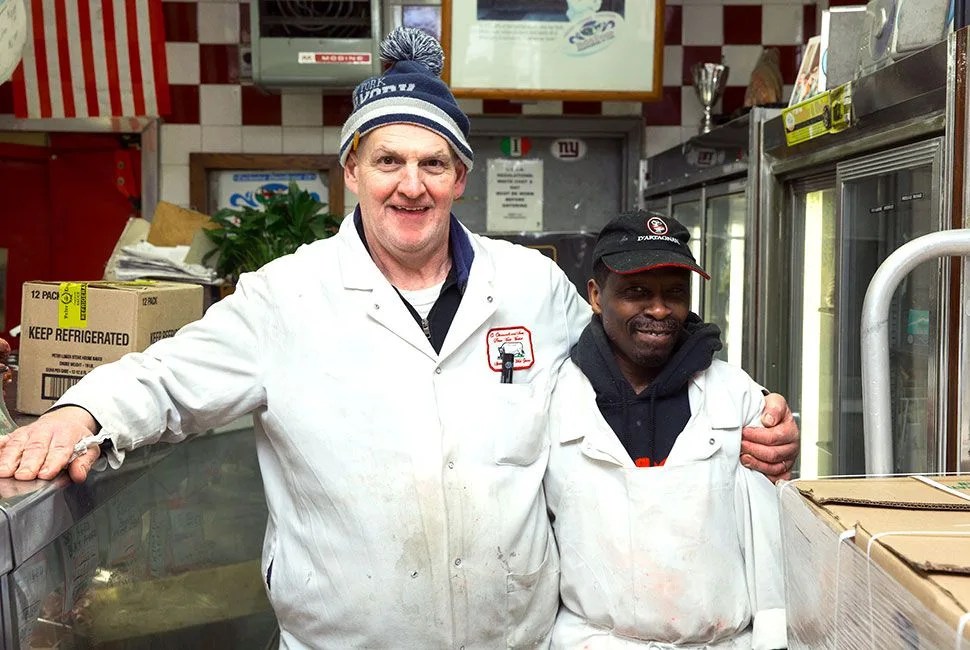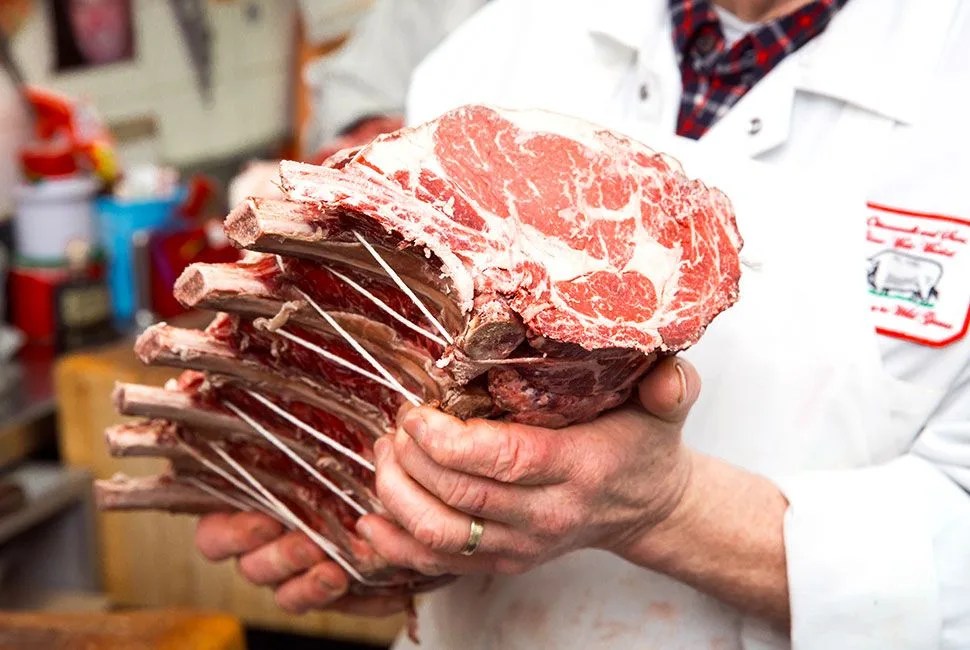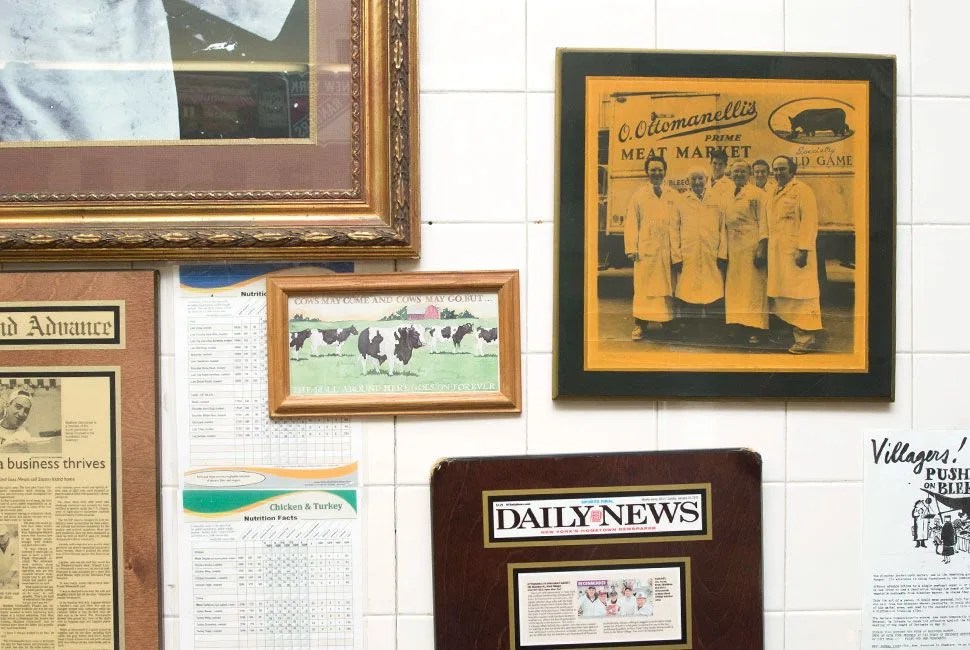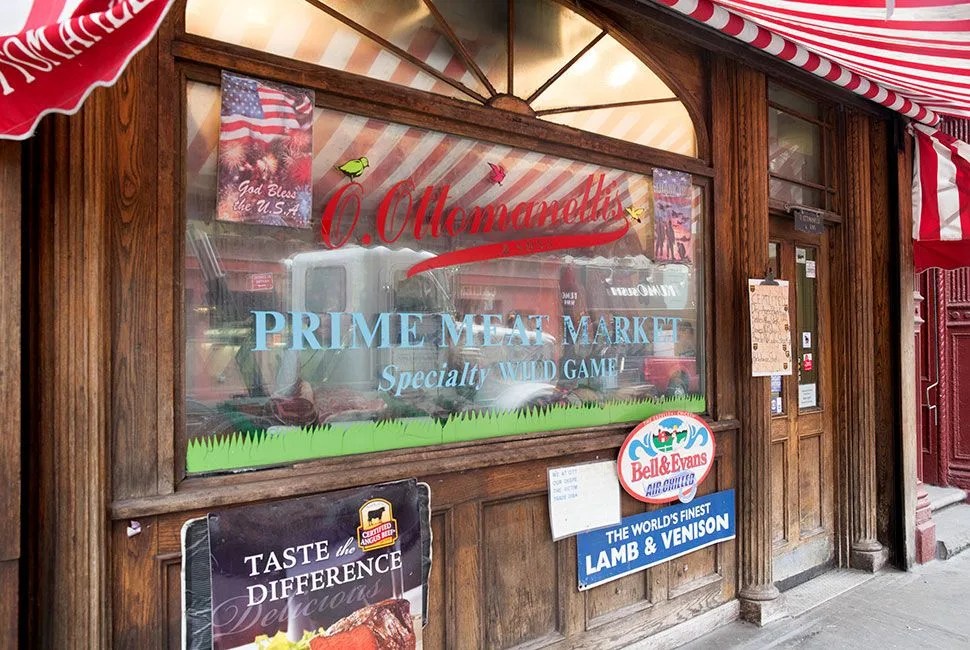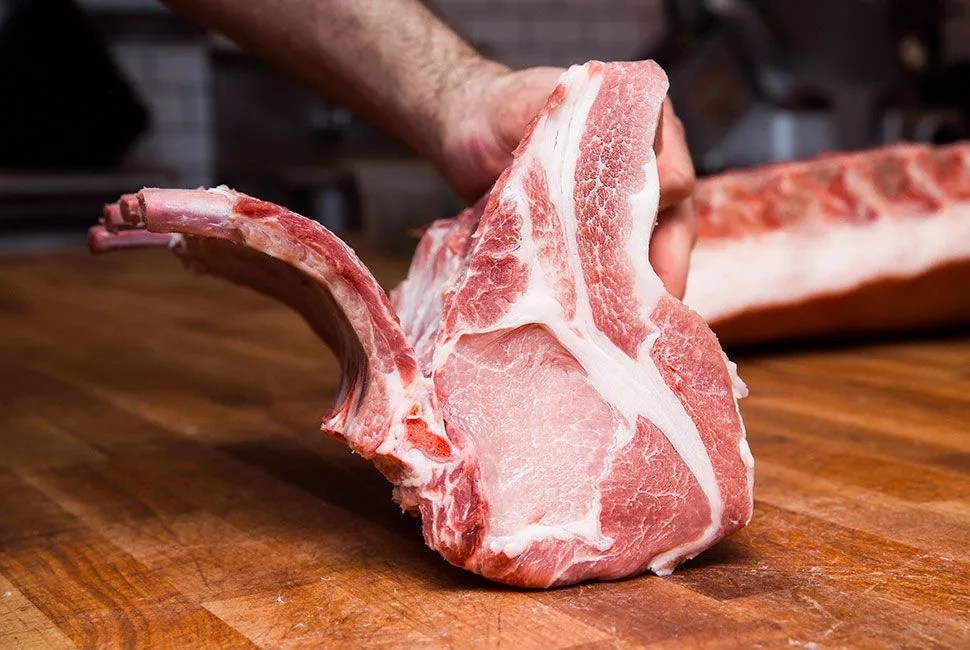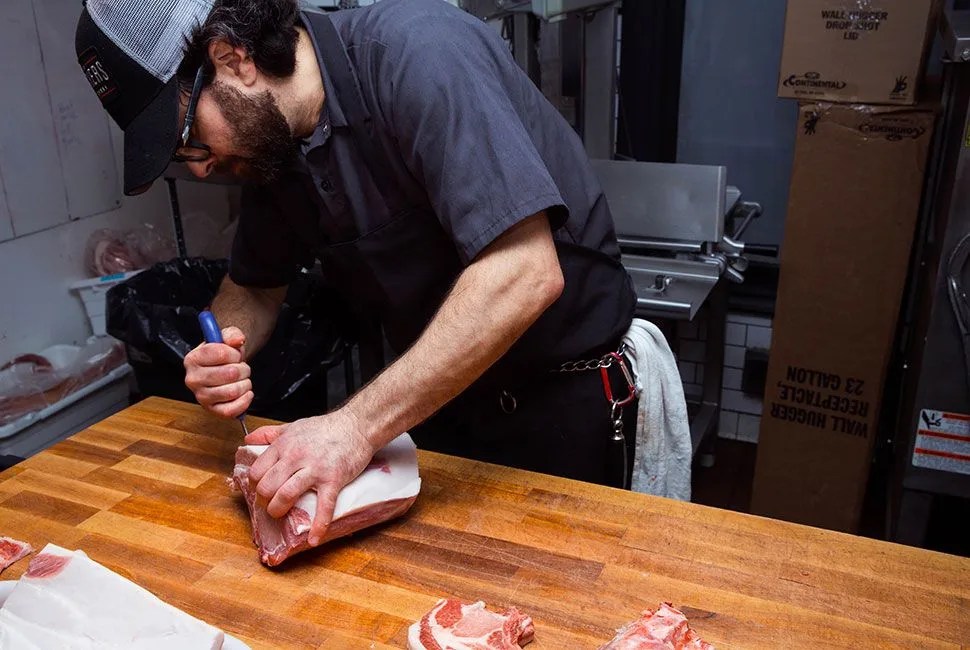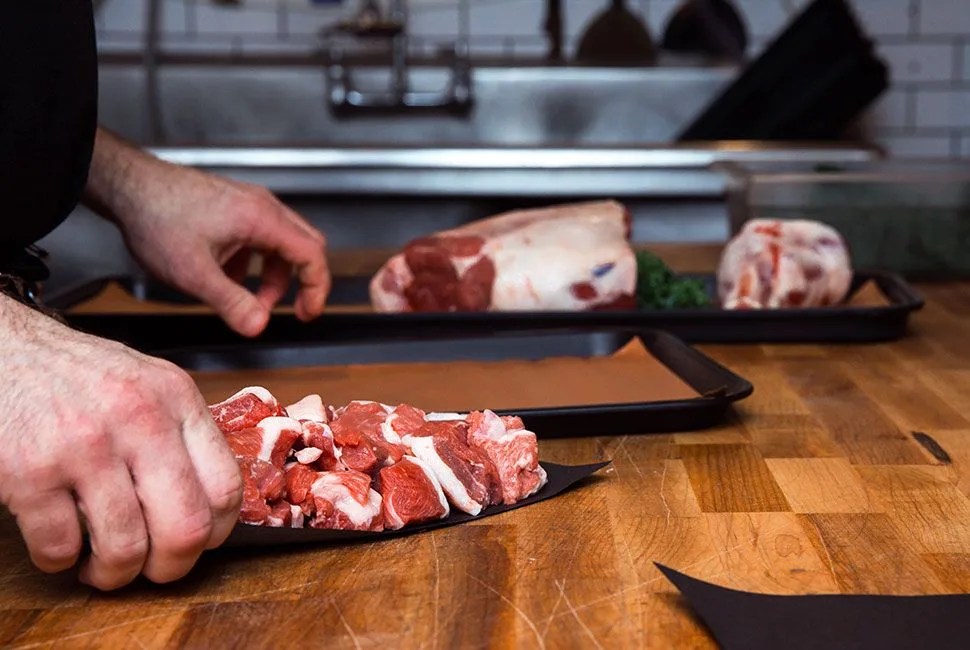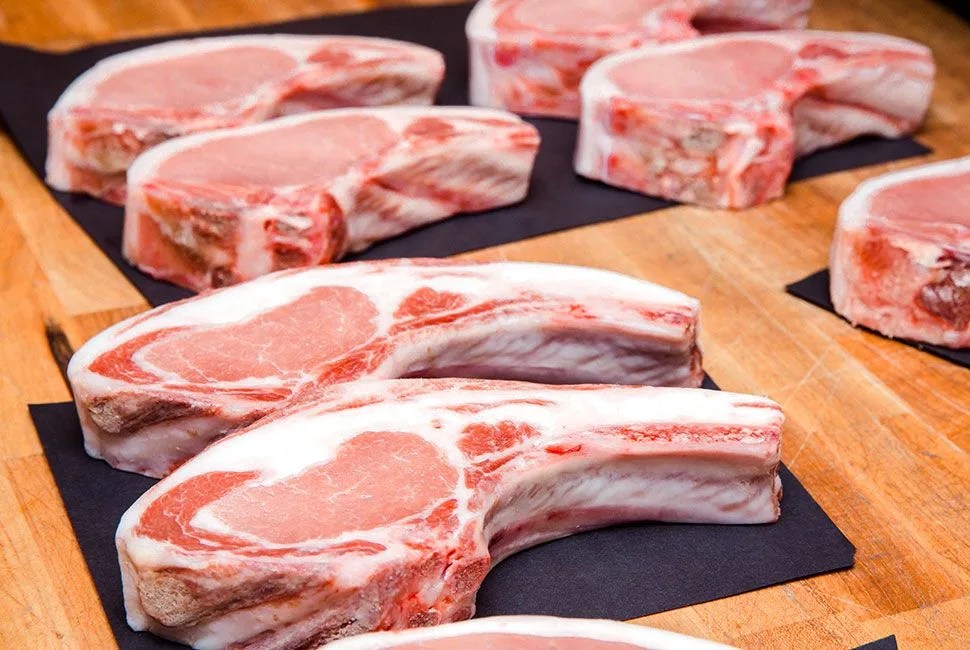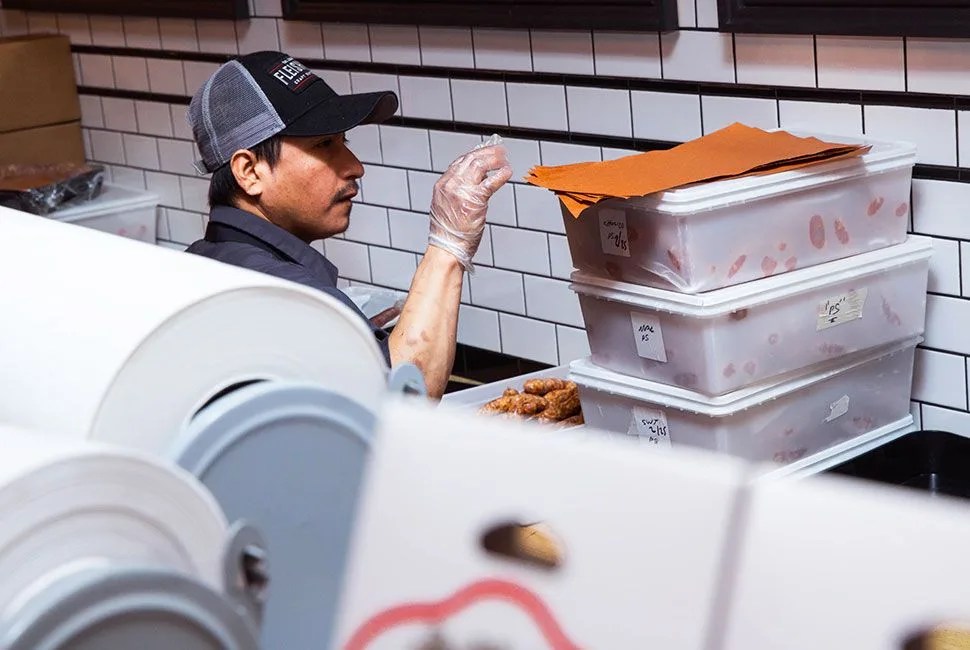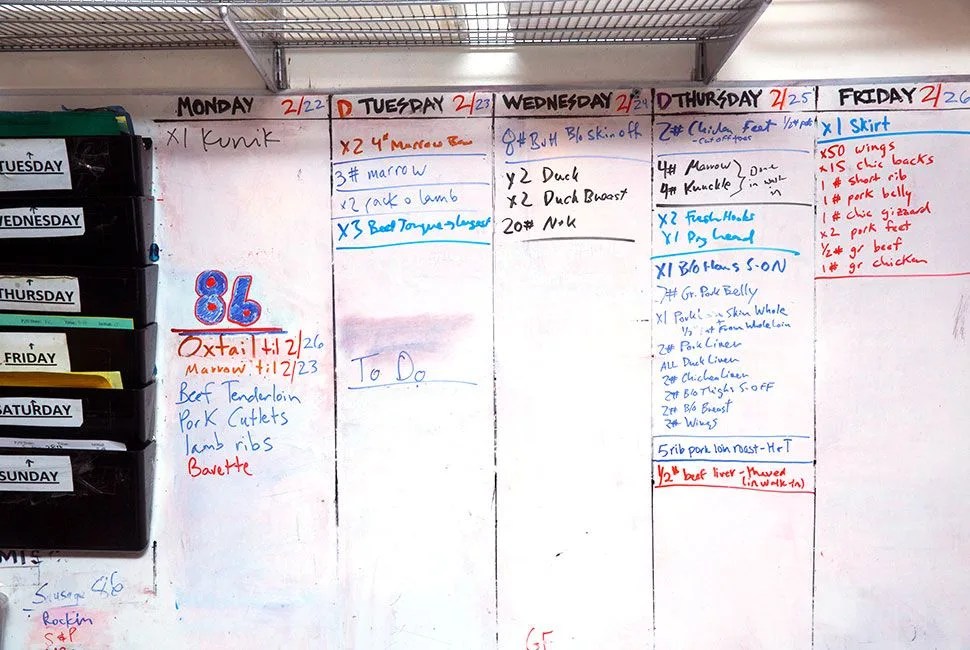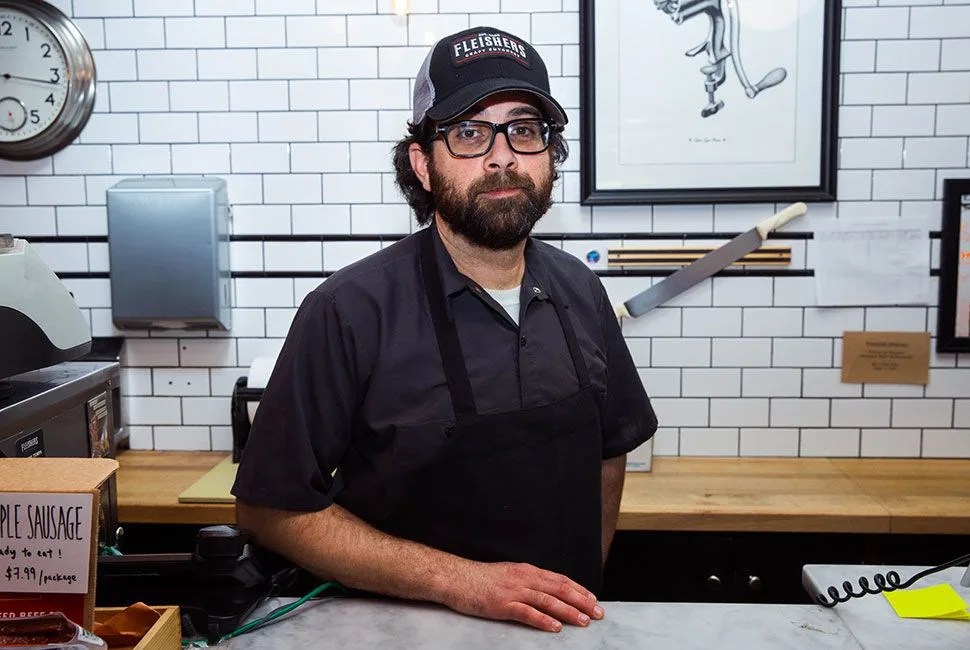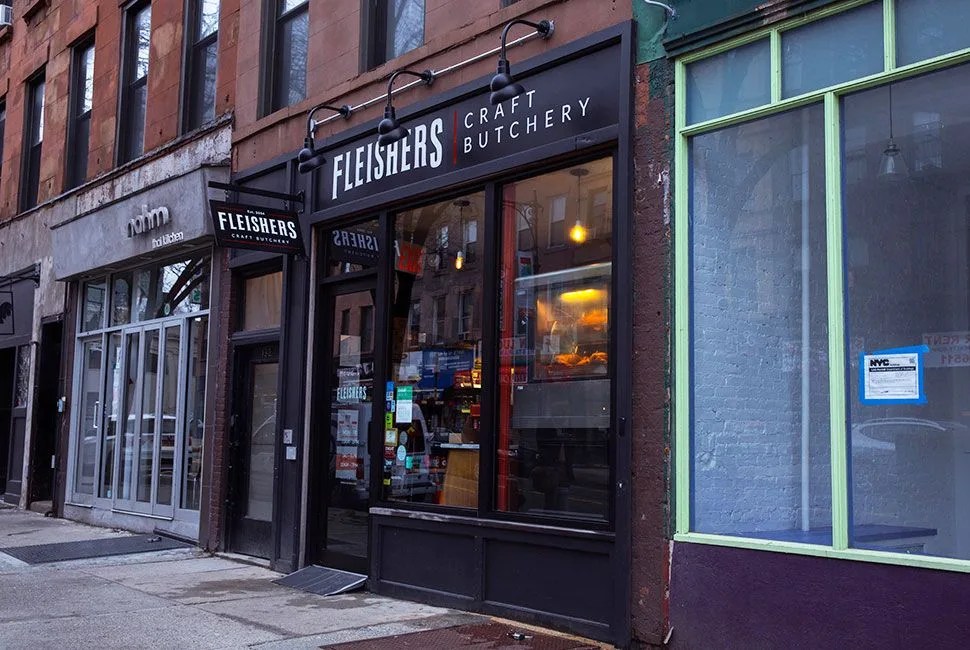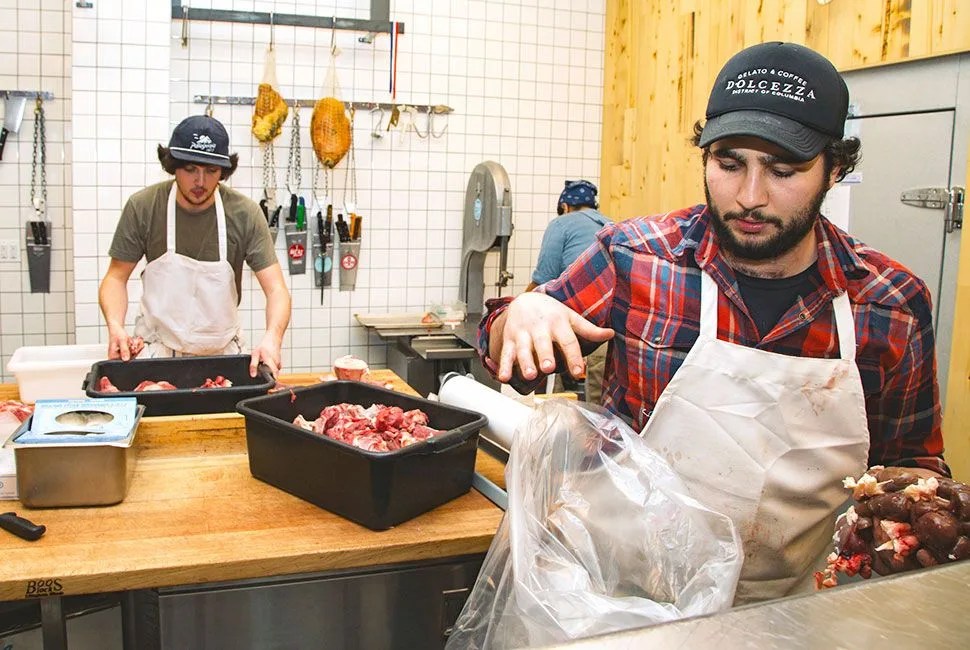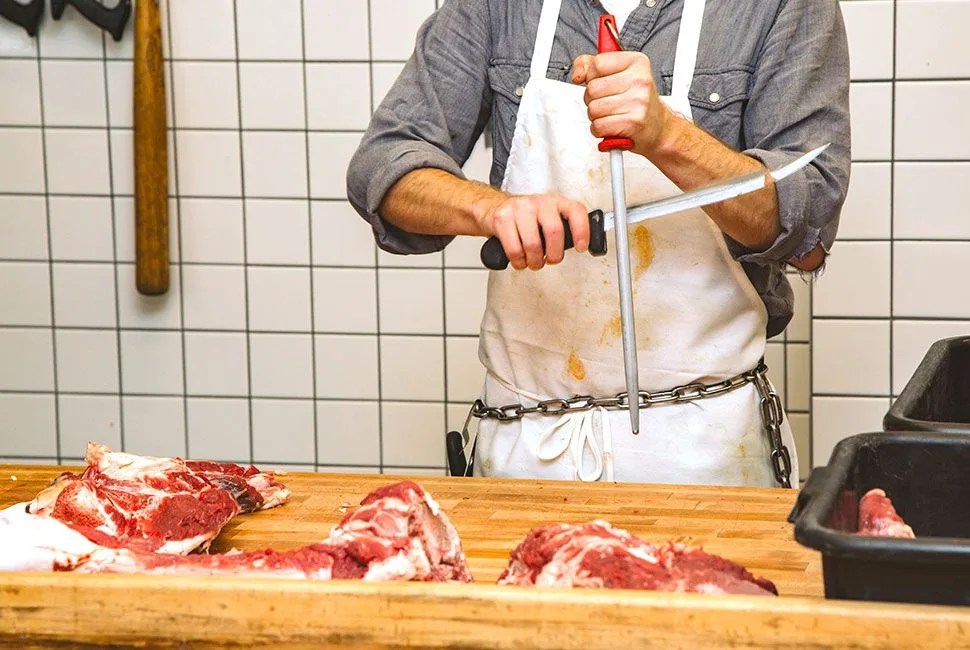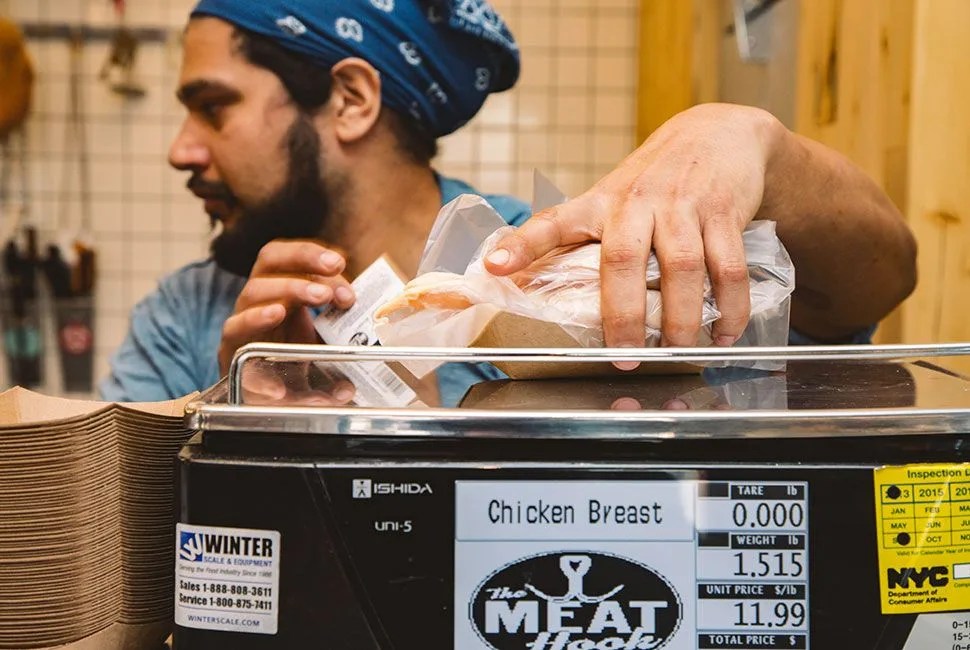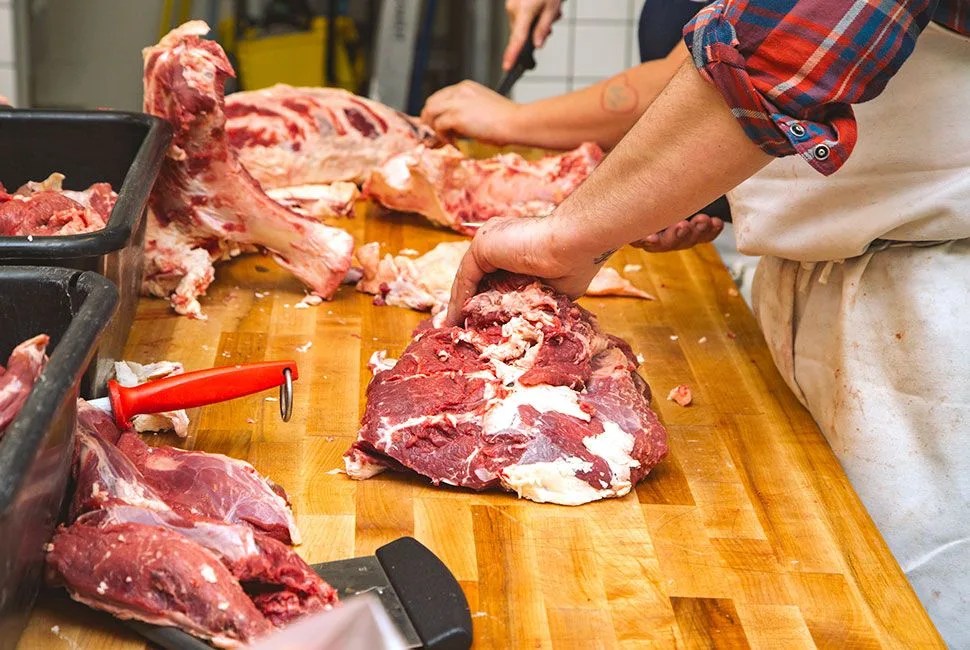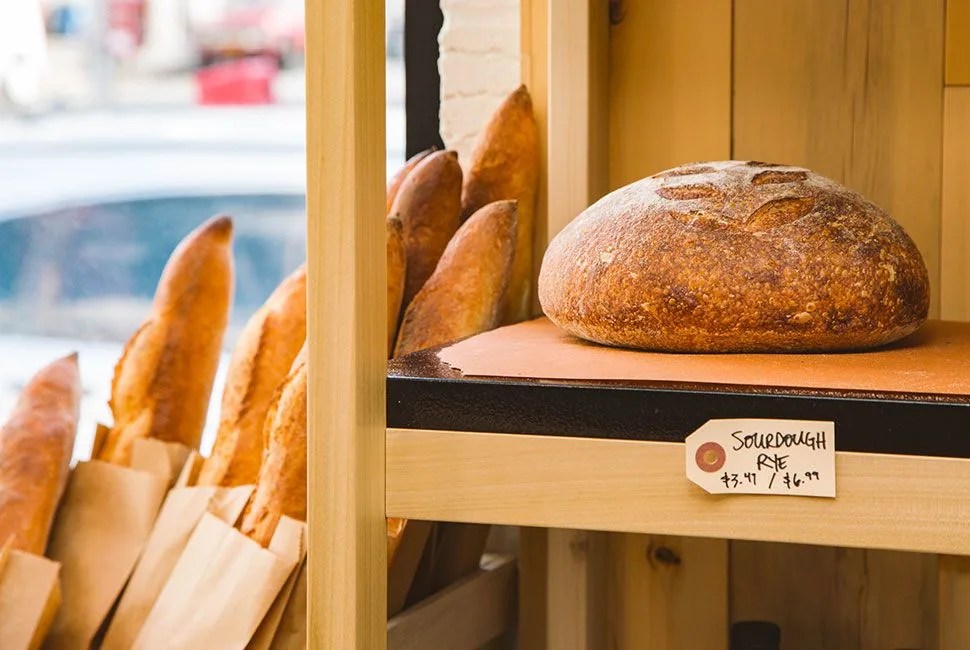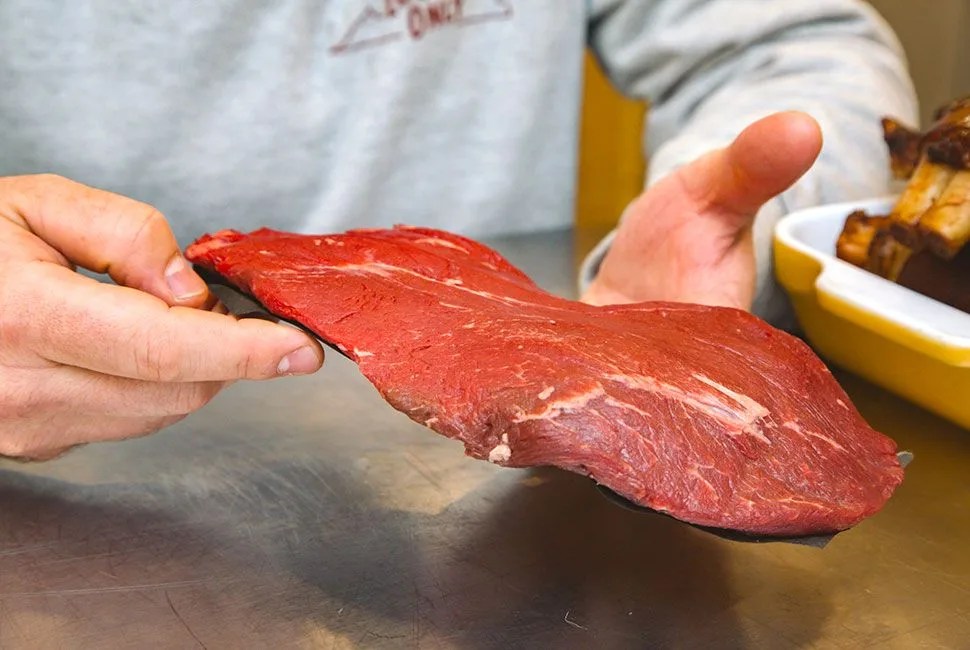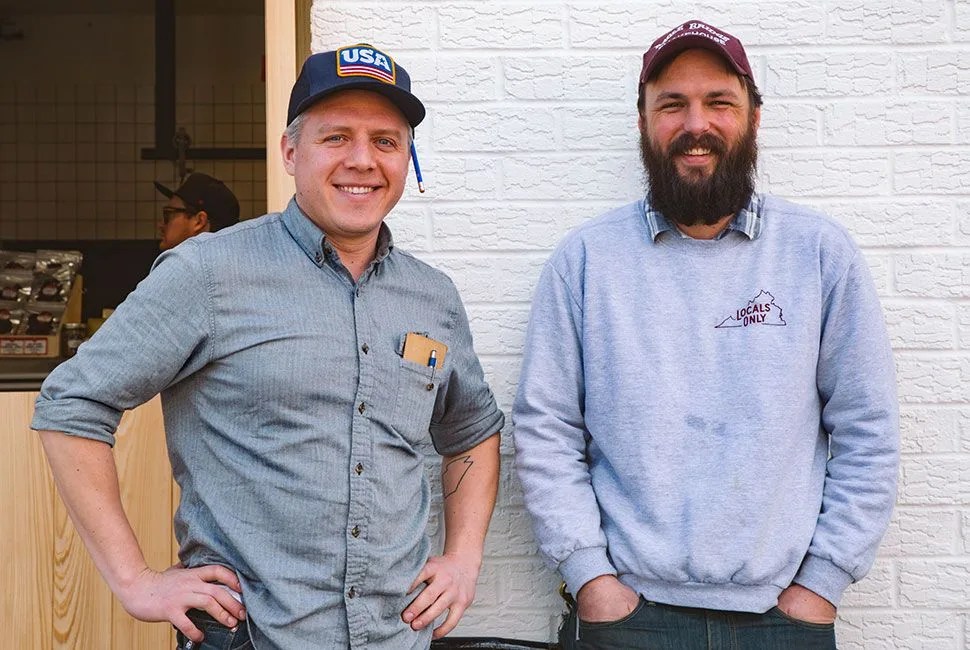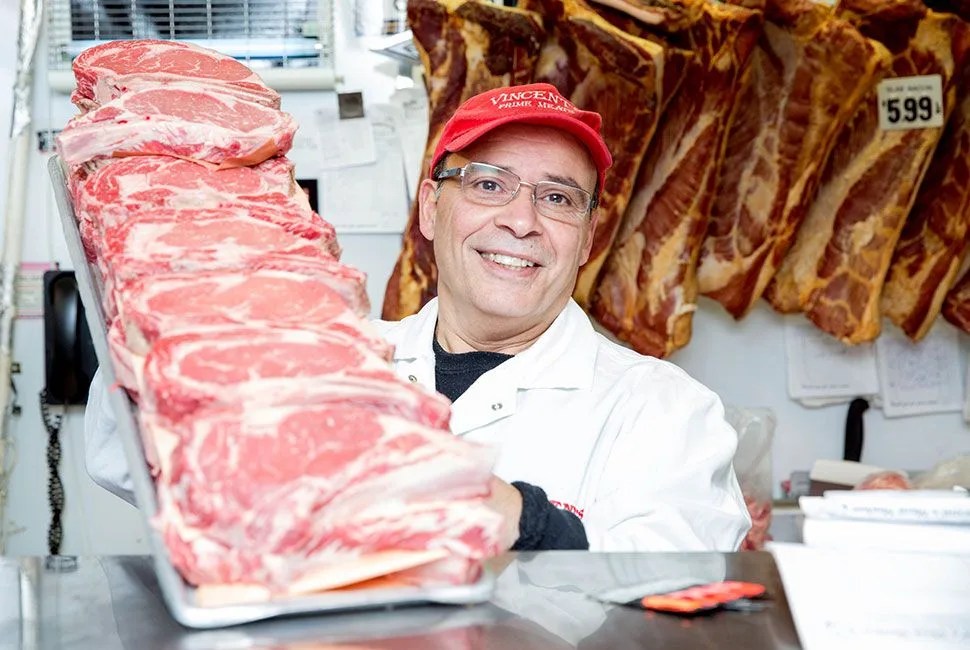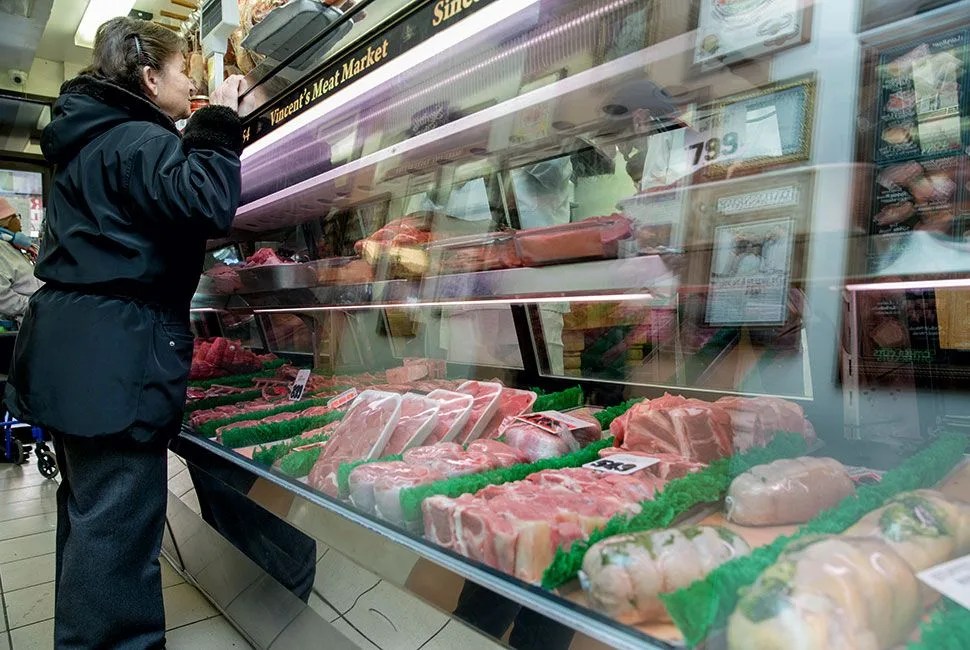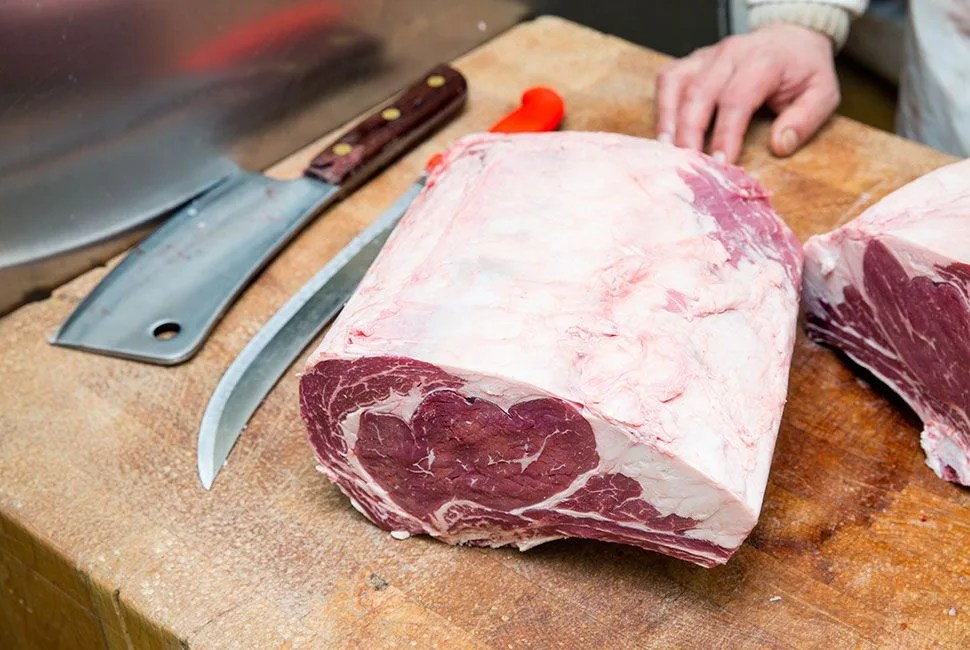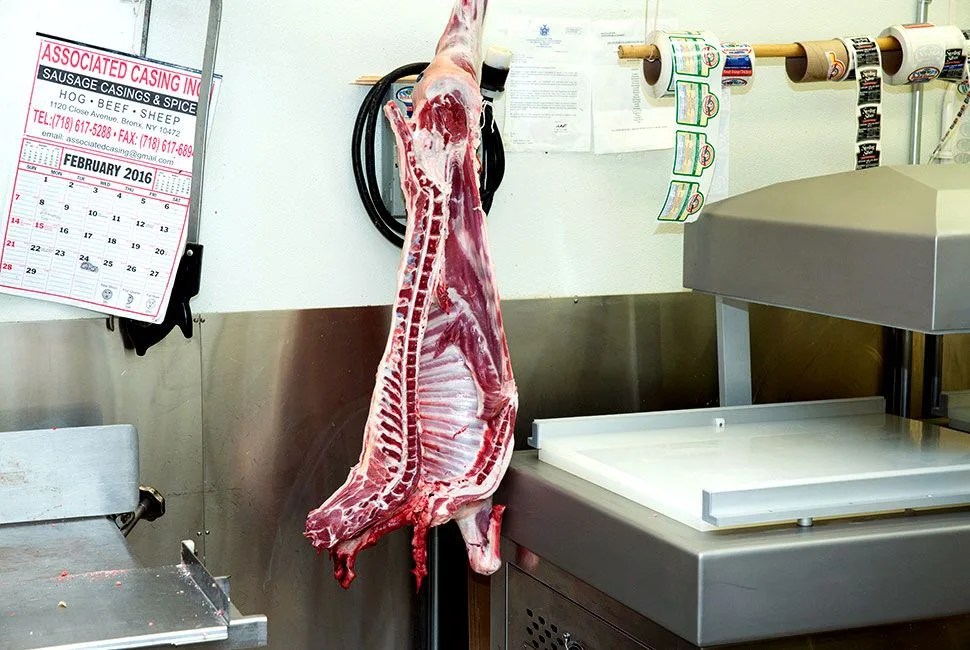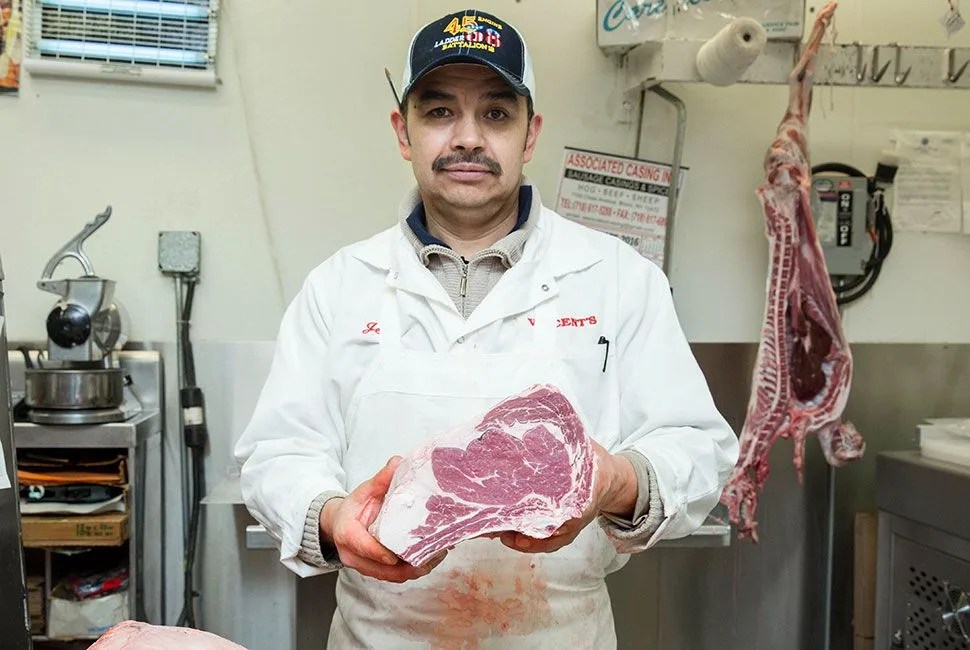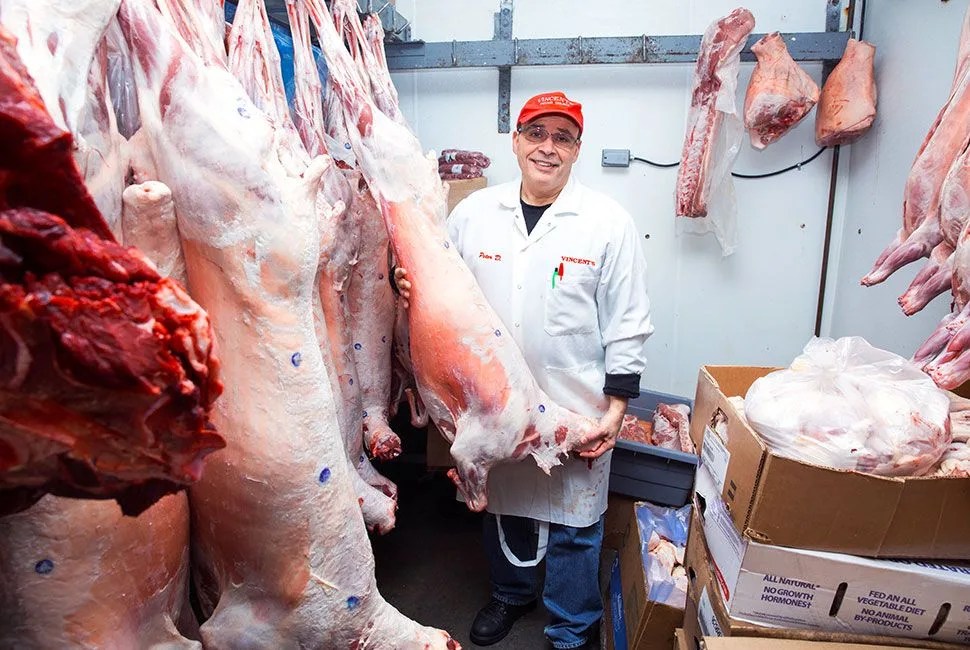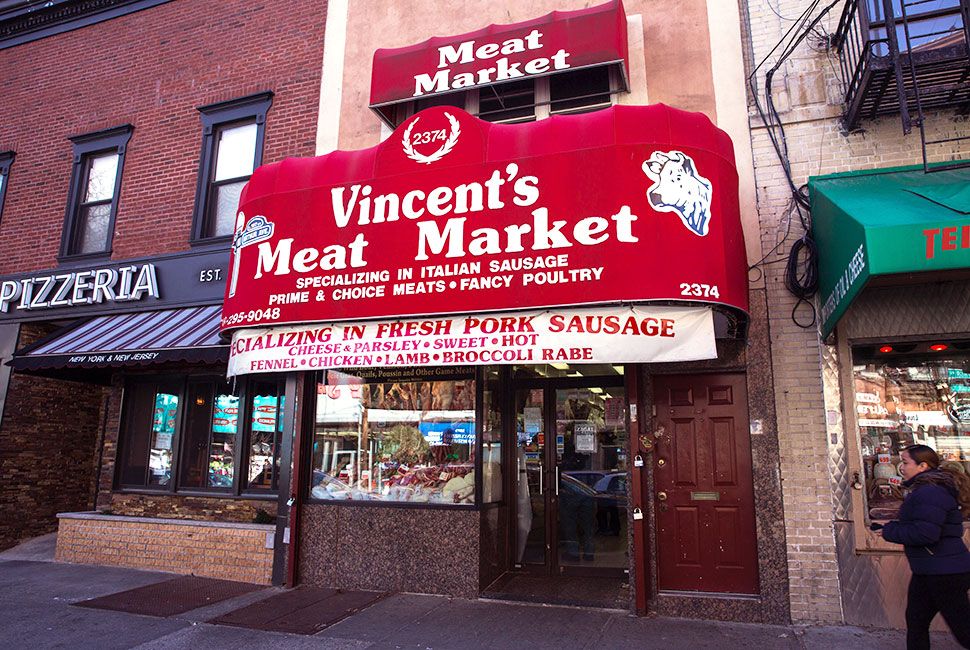My dad worked the meat counter at Weis markets in central Pennsylvania when he was a young man. He liked the job, and was unaware (like pretty much everyone) that he was part of a major movement in America, away from independent butcher shops and toward meat counters at major chain supermarkets that could offer lower prices and more convenience. This new type of demi-butcher — my dad, the friendly supermarket man — did not necessarily have decades of the butchery in his blood. He was a part-timer who knew the basics and could manage not to clip his fingers with a knife. The meat he offered was affordable, and to customers there still seemed to be plenty of cuts to choose from. This is what I and many other young people in America today grew up with: watching our parents selecting anonymous slabs of meat cut by the counter man and pasted to foam trays with plastic wrap, then laid on a refrigerated shelf.
Walking the streets of my new Brooklyn neighborhood years after my dad told me meat counter stories, I stumbled on the neighborhood butcher shop. In NYC, the breed never died out — in fact, its institutions dwindled far less than in other places across the nation. Over the next few months I discovered a warren of New York butchers and their meaty wonderlands. They weren’t just sellers; they were teachers. With their help, I learned how to use a cast iron skillet and finish my thick cuts in the oven. I learned how to cook lamb. I learned the huge variety of cuts that weren’t called NY strip, ribeye, flank or porterhouse, found cuts I could both afford to buy and cook regularly. I bought my first bone-in ribeyes for an astronomical price and seared the hell out of them for a Valentine’s day dinner. When the smoke alarms made my ears ring, it sounded like empowerment.
Today in New York a new generation of butchers is rising next to the old, beginning new establishments in the city and bleeding their knowledge into the rest of the country. A renewed interest in locally sourced food, the farm-to-table mentality among top chefs, and an ever-growing incubator of knowledge are driving the butcher shop’s return. And though big supermarket chains continue to devour customers and profits on a national level, if the neighborhood butcher shop lives on here, it stands a chance elsewhere, too.
In a tour of the five boroughs you’ll find loads of meat-festooned storefronts, their cuts fresh, purveyors friendly. You can wander into a fifth-generation shop, the 90-year-old butcher’s heirloom knife honed by years of intense use to a narrow sliver; get a crash course on pork chops from a modern storefront using old-school techniques aimed directly at millennials; enroll in butcher school to learn how to seam an animal and trim fat yourself. Here, at the heart of American butchery, you can see why the art of transforming an animal into the beginnings of a beautiful meal refuses to go away. These are the stories of four NYC butcher shops, some rising, some iconic, and the paths they’re carving today, in their own words.
Introduction and additional reporting by Chris Wright.
O. Ottomanelli and Sons Meat Market
8 photos
Address: 285 Bleecker Street, New York, New York 10014
Founded: Early 1940s
Prime Cut: Prime rib
Most Popular Non-Meat Item: Tomato sauces and dry rubs
Learn More: Here
